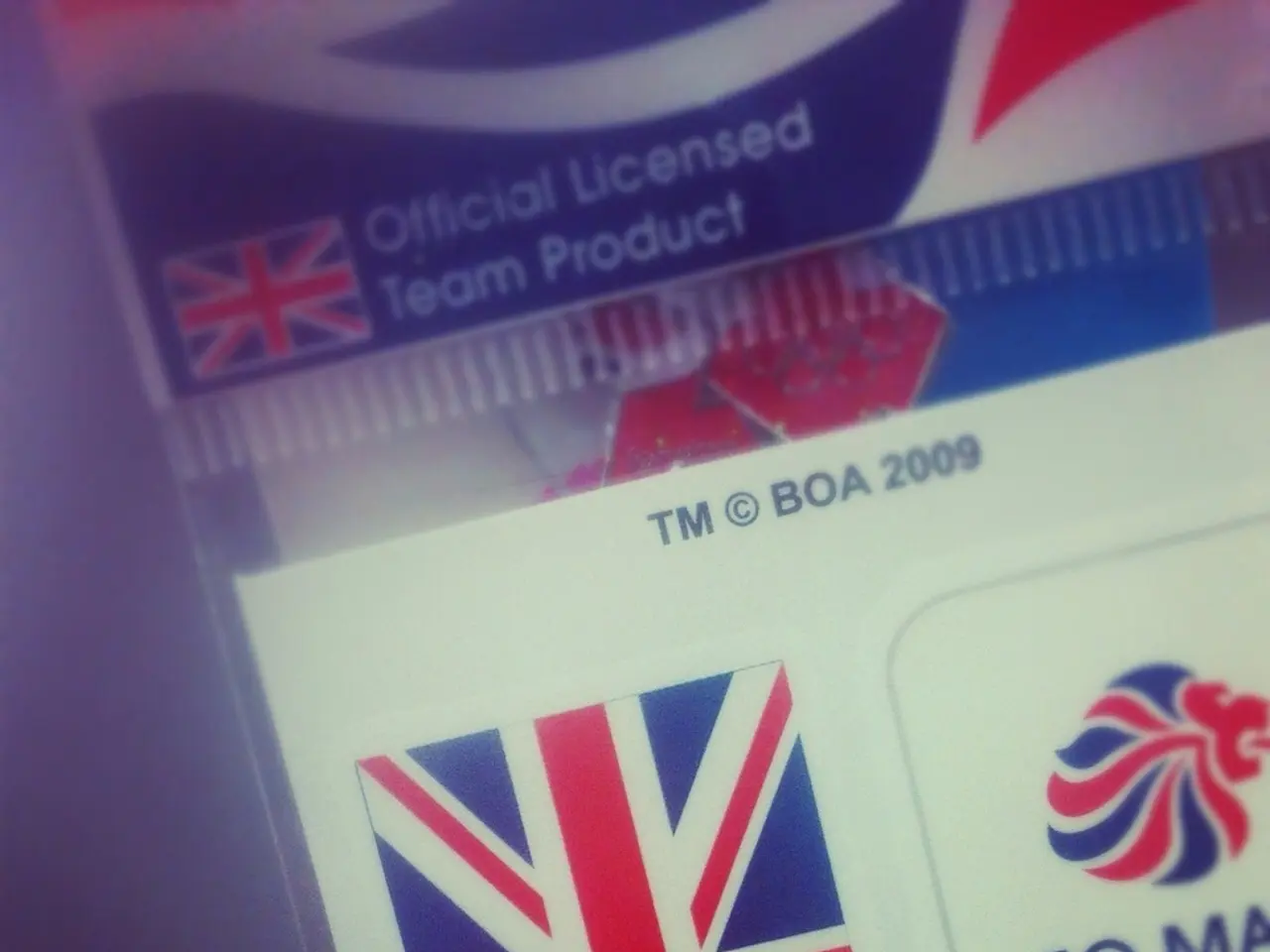The ISO 18013-5 Standard: A Comprehensive Overview
The ISO/IEC 18013-5 standard, jointly developed by the International Organization for Standardization (ISO) and the International Electrotechnical Commission (IEC), has revolutionised the world of digital identity verification by establishing a comprehensive framework for mobile driver's licenses (mDLs). This standard aims to balance security, privacy, and practicality in the realm of digital identity credentials.
### History and Development Process:
The development of ISO 18013-5 is rooted in the broader movement towards open, interoperable digital identity and credential standards. Aligning with the principles of openness, broad consensus, transparency, and cooperation, the standard is a testament to respected international standards bodies and movements like the OpenStand Principles (2012), which emphasise voluntary adoption, interoperability, and technical merit.
The standard is part of an evolving landscape where governments and industries are striving to digitise identity credentials while safeguarding users' privacy rights and preventing forgery or unauthorised access. Input from government agencies, standards organisations, and technology providers has been instrumental in shaping a secure, user-friendly mobile identity ecosystem with privacy-preserving features.
A key feature introduced in this standard is the "Phone Home" functionality, enabling the verifying party to contact the issuing authority in real-time to verify the credential’s status. However, to mitigate privacy concerns, the standard also supports a device retrieval mode that functions entirely offline, ensuring credential verification without compromising user privacy.
### Summary:
The ISO 18013-5 standard has emerged as a response to the need for a standardised framework for mobile driver's licenses, supporting both secure digital verification and user privacy. It is informed by and consistent with internationally recognised open standards development processes and principles emphasising collaboration, technical robustness, and voluntary market adoption.
Its development has focused heavily on real-time verification capabilities balanced by privacy-preserving options like offline device retrieval to meet diverse regulatory and user requirements. The continued evolution of the standard is closely tied to developments in digital identity, cybersecurity, and governmental digital transformation efforts worldwide, aiming to provide trustworthy, convenient digital credentials on mobile devices.
In essence, ISO 18013-5 represents a milestone in the digital identity and credentialing landscape, linking traditional government identification to modern mobile technologies through a carefully crafted, internationally accepted specification.
- ISO 18013-5 enforces encrypted data transfer protocols to protect user information during transactions, addressing growing concerns about data privacy. - The standard provides businesses with a reliable and secure method for verifying customer identities, reducing customer onboarding time and enhancing user experience. - ISO 18013-5 facilitates the international acceptance of mDLs, allowing governments to create IDs that can be trusted and used across borders, which is essential for global travel and international transactions.
- ISO 18013-5 enforces encrypted data transfer protocols to safeguard personal-finance information and sensitive data during transactions, thus addressing the growing concerns about data privacy and security in financial and business contexts.
- The standard, by providing a reliable and secure method for verifying customer identities, can help businesses in faster customer onboarding, thereby enhancing user experience and efficiency in personal-finance and other related sectors. Additionally, the international acceptance of mDLs facilitated by ISO 18013-5 can streamline cross-border transactions and smooth global travel for many individuals and businesses.




